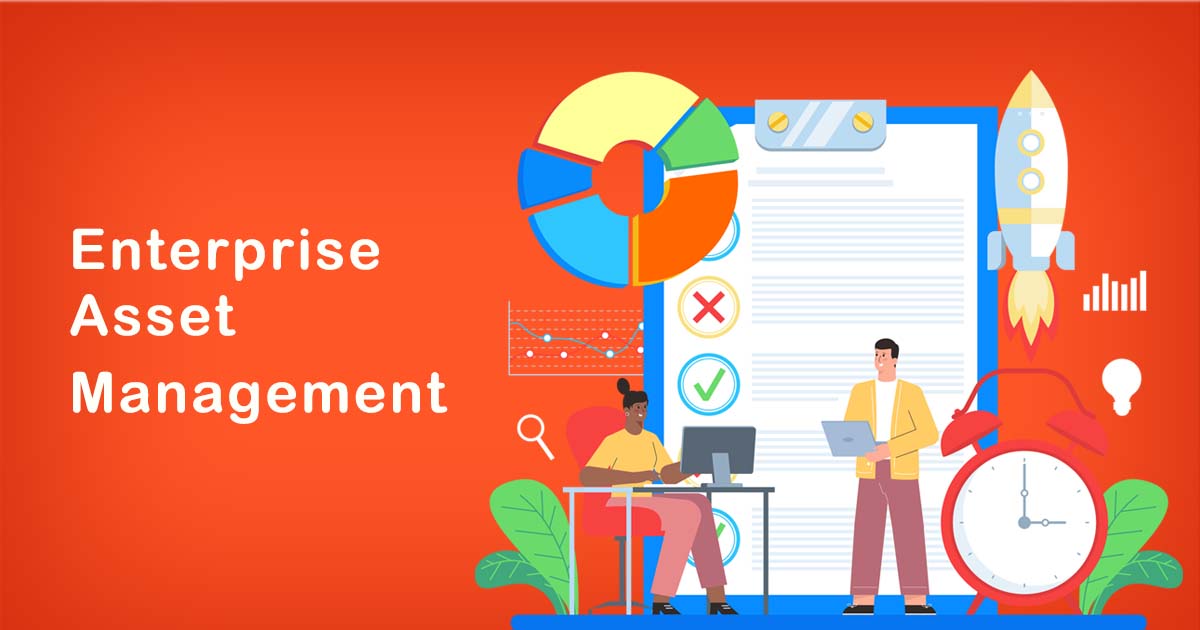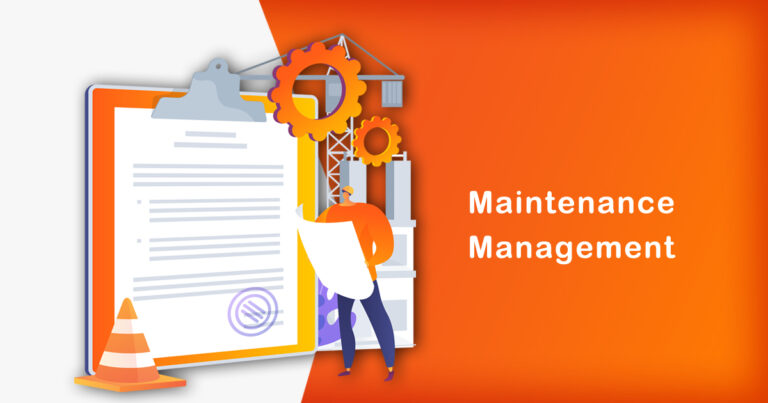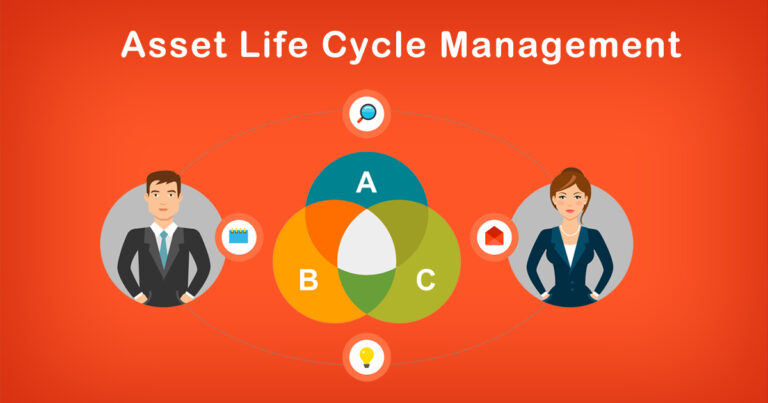Introduction
In today’s rapidly evolving business environment, enterprises are looking for ways to optimize their operations and maximize their profits. Enterprise Asset Management (EAM) is one such strategy that is gaining popularity across different industries. EAM involves the management of an organization’s physical assets, including equipment, facilities, and infrastructure. In this blog, we will explore why EAM is essential for enterprises in the Indian context.
Increasing Importance of EAM in India
India is a rapidly developing country, and the need for efficient management of physical assets is becoming more critical as industries grow. The Indian economy is driven by a diverse set of industries, including manufacturing, transportation, and infrastructure, all of which require efficient asset management to maintain operational efficiency and achieve business goals. According to a report by Frost and Sullivan, the Indian EAM market is expected to grow at a CAGR of 11.5% between 2020 and 2025.
Key Benefits of EAM for Enterprises
1. Improved Asset Utilization:
EAM helps enterprises to optimize the use of their assets, which reduces downtime and increases productivity. This is achieved by tracking the usage and performance of assets in real-time, allowing for proactive maintenance and repair.
2. Enhanced Safety and Compliance:
EAM helps organizations to comply with safety regulations and ensures that assets are maintained to prevent accidents and injuries. This is particularly important in industries such as oil and gas, where safety is a top priority.
3. Cost Optimization:
EAM helps enterprises to reduce maintenance and repair costs by identifying potential problems early on and fixing them before they become major issues. This also helps to extend the lifespan of assets, reducing the need for expensive replacements.
4. Improved Data Analytics:
EAM provides valuable insights into asset performance, allowing for data-driven decision making. This helps enterprises to identify areas of improvement and optimize their operations.
Challenges Faced by Enterprises in Implementing EAM
Despite the benefits of EAM, there are several challenges that enterprises face when implementing EAM systems. These challenges include:
1. Lack of Awareness:
Many enterprises in India are not aware of the benefits of EAM and the potential ROI of implementing an EAM system.
2. Resistance to Change:
Implementing EAM requires a change in the way assets are managed, which can be met with resistance from employees who are used to traditional methods.
3. Limited Resources:
Implementing an EAM system requires a significant investment in technology, training, and personnel, which can be a challenge for small and medium-sized enterprises.
4. Lack of Standardization:
There is a lack of standardization in EAM practices across different industries, which can make it challenging to implement EAM systems across different organizations.
Conclusion
In conclusion, EAM is becoming increasingly important for enterprises in India as they look for ways to optimize their operations and increase profitability. By improving asset utilization, enhancing safety and compliance, optimizing costs, and providing valuable data insights, EAM can help enterprises achieve their business goals. Despite the challenges faced by enterprises when implementing EAM systems, the potential benefits make it a worthwhile investment for businesses of all sizes.








